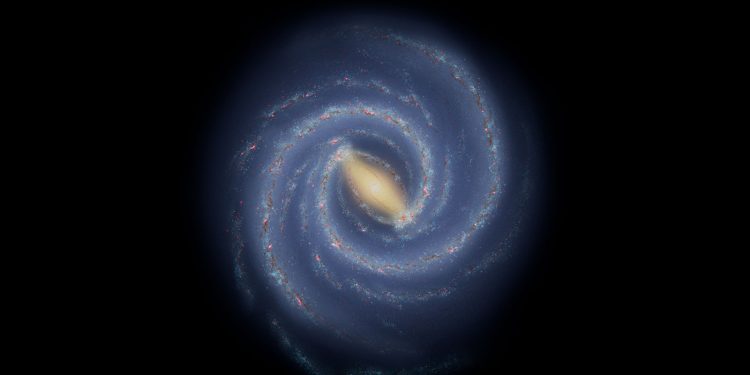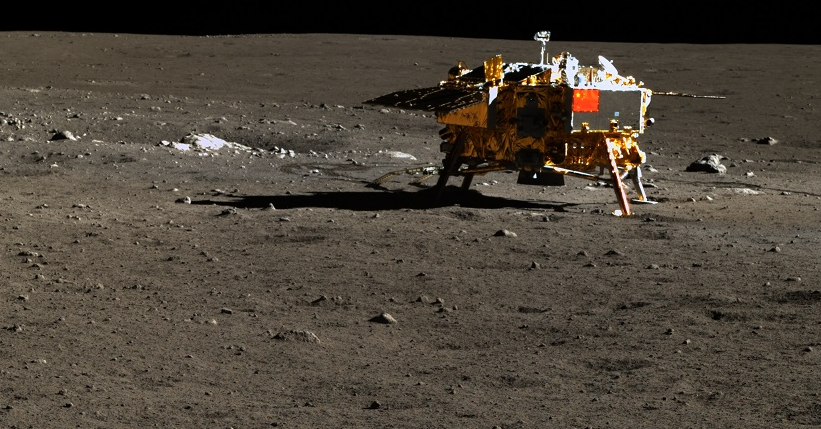One hundred years ago, the realization that the Milky Way was not the sole galaxy in the universe redefined humanity’s perception of the cosmos. On November 23, 1924, an article buried among advertisements in the New York Times announced a groundbreaking discovery. The headline read: “Finds Spiral Nebulae are Stellar Systems.” The protagonist of the story, Dr. Edwin Powell Hubble, had confirmed that certain spiral-shaped nebulae were, in fact, entire galaxies beyond our Milky Way.
The Discovery That Shattered Assumptions
Hubble’s pivotal discovery involved Andromeda and Messier 33, the two nearest major galaxies to the Milky Way. Before this revelation, these nebulae were thought to be part of our galaxy. By observing variable stars known as Cepheids in Andromeda, Hubble measured their distance and demonstrated they lay far beyond the Milky Way’s boundaries.
This announcement settled a longstanding debate among astronomers. Just four years earlier, a fierce discussion—now known as “the Great Debate”—unfolded between astronomers Harlow Shapley and Heber Curtis. Shapley argued that the Milky Way was vast enough to encompass the spiral nebulae, while Curtis maintained that these nebulae were separate galaxies. Hubble’s findings ultimately proved Curtis correct.
The Foundation
Hubble’s breakthrough would not have been possible without the contributions of Henrietta Swan Leavitt, a trailblazing astronomer. In 1912, Leavitt uncovered the relationship between the brightness and pulsation periods of Cepheid variable stars, known as the period-luminosity relationship. This discovery allowed astronomers to estimate distances to Cepheids, paving the way for measuring the scale of the universe.
Shapley’s Contribution and the Role of Stellar Parallax
While Shapley lost the Great Debate, his methods were integral to advancing astronomy. He used Leavitt’s findings to estimate the size of the Milky Way, laying the groundwork for Hubble’s work. Additionally, Danish astronomer Ejnar Hertzsprung’s stellar parallax measurements calibrated Leavitt’s period-luminosity relationship, providing the precision needed for these calculations.
Hubble’s observations were made possible by the Hooker telescope at Mount Wilson Observatory in California, the most advanced instrument of its time. With its 100-inch mirror, it offered unprecedented clarity and sensitivity, enabling Hubble to identify Cepheid variables in distant galaxies. Comparing photographic plates, Hubble detected changes in star brightness, a hallmark of Cepheid stars, allowing him to calculate their distances.
The Redshift Revolution: Linking Distance and Speed
Hubble’s discoveries extended beyond distances. He built on earlier work by Vesto Slipher, who had measured the redshift of galaxies, revealing their movement away from Earth. By combining these measurements with his distance calculations, Hubble established a groundbreaking relationship: galaxies farther from us are receding more quickly. This discovery laid the foundation for the concept of an expanding universe, ultimately giving rise to the Big Bang theory.
Edwin Hubble’s work marked a turning point in astronomy. In just a few short years, the universe expanded—conceptually—for humanity. His contributions were so transformative that his name now graces one of the most advanced telescopes ever built, the Hubble Space Telescope. One century later, his legacy continues to inspire, reminding us of the vastness and wonder of the cosmos.











